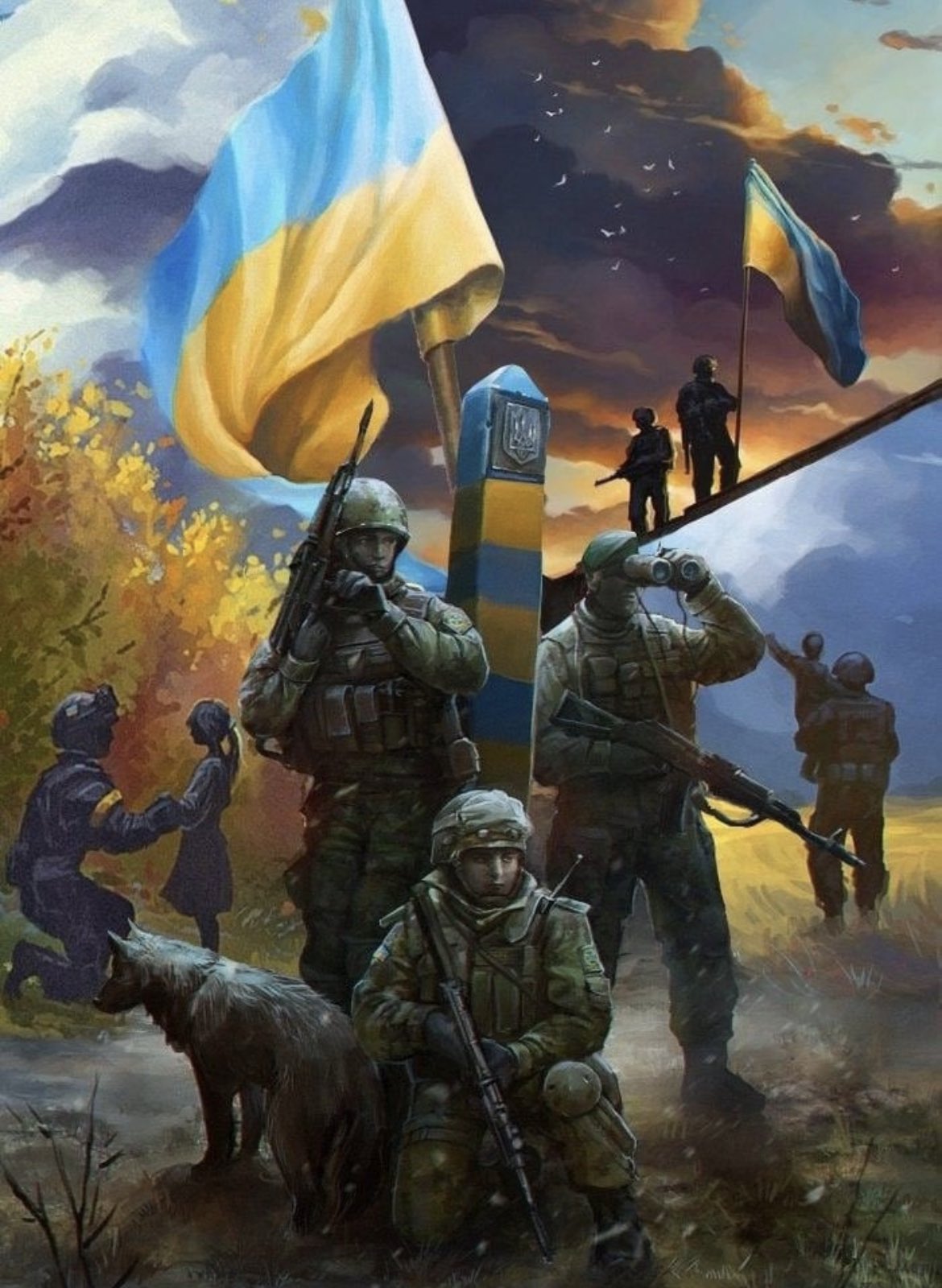
“The rules of social interaction determine one`s freedom”
(E.Banovac)
Amid all the calls in nearly every country for social distancing, the most powerful tool we have to slow the spread of the novel coronavirus, one important fact gets lost: we are fundamentally social beings, and social distancing can carry a heavy psychological price tag. This is particularly true for people who live on their own, but we can all struggle with the emotional impact of isolation and its first cousin, loneliness.
Although no one studies the effects of social distancing related specifically to the novel coronavirus, we know a great deal about the impact of social isolation on mental and physical health. It’s often experienced as highly stressful, and the stress can become toxic. Isolation, particularly when it causes loneliness, increases the risk of anxiety and depression. Social isolation has the equivalent adverse impact on physical health to smoking 15 cigarettes a day. It’s a greater threat to health than obesity and is linked to an increased risk of a wide variety of health problems.
The growing recognition that social distancing carries psychological and physical health risks has led to a growing call to change the term to “physical distancing,” a recognition that what we need is the greater physical distance between people, not greater social distance. Yes, physical distance certainly means a reduction in social contact, and no amount of rebranding the term will alter that. But the idea is still a good one: let’s focus on reducing physical contact while maintaining — to the extent possible — the social connections that help us thrive and stay healthy. Let’s protect ourselves psychologically as well as physically to slow the spread of the sly virus — to “flatten the curve” of its impact.
Once we distinguish between physical and social distancing, we can refocus on the power of staying socially connected while maintaining a safe physical distance. We can easily get creative in finding ways of building in social time for ourselves, and for those who could feel too isolated. First of all it relates to senior people. Just remember: we keep ourselves virus-free not just to protect ourselves, but to slow the spread of the virus among everyone, especially those most vulnerable who might require intensive medical care.
One last thought: there’s also value in adopting a perspective of gratitude, despite the hardships created by physical distancing. In refugee communities around the world, in homeless shelters, overcrowded orphanages and detention centers for asylum-seekers physical distancing is not even an option. The horrific conditions of everyday life — overcrowded and unsafe housing, poor sanitation, and a lack of even basic medical care — leave people in many places terribly vulnerable to COVID-19 (as well as a host of other diseases). Unlike them, we can perhaps take comfort in knowing our isolation will be temporary, and that we have access to ways of staying socially connected that many people do not. We just need to reach out and make sure we preserve the ties that bind us together. As once C. Shirky said, “When we change the way we communicate, we change society.”

























































Залишити відповідь